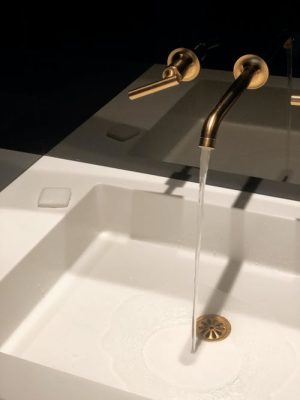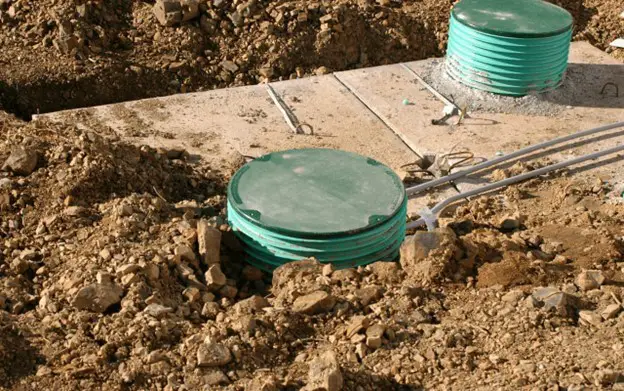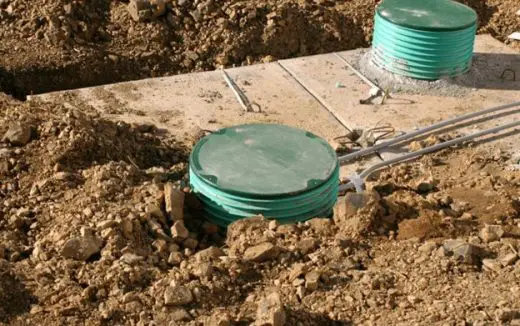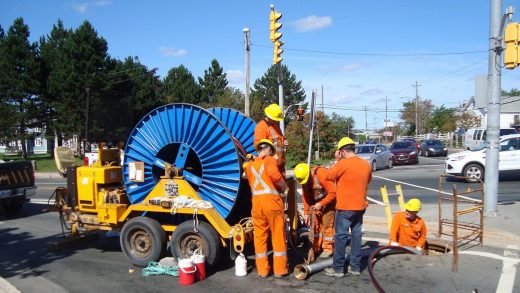Understanding the sewerage system guide, Property underground maintenance tips, Online plumber advice
Navigating the Underground: Understanding the Sewerage System
12 June 2023
Beneath the surface of our cities lies a vast and intricate network known as the sewerage system. Often unseen and underappreciated, this underground infrastructure plays a vital role in maintaining public health and preserving the environment. In this article, we embark on a journey to explore the depths and unravel the complexities of the sewerage system.
We will delve into its purpose, components, and functioning, shedding light on how it efficiently collects, transports, and treats wastewater from our homes, businesses, and industries. Join us as we navigate the underground and gain a comprehensive understanding of this essential system that silently operates to safeguard our communities and protect our water resources.
Additionally, we will also discuss the crucial process of installing sewer pipes, exploring the techniques, materials, and considerations involved in setting up this vital infrastructure for efficient and reliable wastewater management.
The Importance of the Sewerage System
Public Health and Sanitation
The sewerage system plays a crucial role in maintaining public health by safely removing and disposing of wastewater and sewage. It prevents the spread of waterborne diseases and ensures that communities have access to clean water, promoting a healthier environment for residents.
Environmental Protection
The sewerage system helps protect the environment by preventing the contamination of water bodies, such as rivers and lakes. Proper collection, treatment, and disposal of wastewater minimize the release of harmful pollutants, preserving aquatic ecosystems and safeguarding natural resources.
Economic and Social Impacts
The sewerage system has significant economic and social benefits. It supports economic development by attracting businesses and industries that require reliable wastewater management infrastructure. It also enhances the quality of life for residents, providing safe and hygienic living conditions, which in turn contributes to community well-being and social stability. Additionally, a well-maintained sewerage system adds value to properties and promotes urban growth and sustainability.
Sewer Pipes
Manholes and Access Points
Manholes and access points are essential components of the sewerage system, providing entry points for maintenance and inspection activities. They allow personnel to access and inspect the sewer pipes, perform cleaning and repairs, and ensure the proper functioning of the system. Manholes also serve as ventilation points, allowing the release of gases that may accumulate within the sewer network.
Pumping Stations
Pumping stations are vital for sewer systems that require the transport of wastewater against gravity or over long distances. These stations house pumps that facilitate the movement of wastewater to higher elevations or distant treatment facilities. They play a crucial role in maintaining the flow and efficiency of the sewerage system, overcoming topographical challenges, and ensuring continuous wastewater transport.
Wastewater Treatment Plants
Wastewater treatment plants receive and treat the collected wastewater to remove pollutants and harmful substances before its safe disposal or reuse. These plants employ various processes, such as physical, biological, and chemical treatment, to purify the wastewater and protect the environment. They play a critical role in preserving water quality and mitigating the impact of wastewater on ecosystems.
Outfall Systems
Outfall systems are designed to release treated wastewater from the treatment plants into receiving water bodies, such as rivers, oceans, or lakes. These systems ensure the controlled and environmentally safe discharge of treated effluent. Outfall systems often include diffusers or other mechanisms to disperse the treated wastewater, minimizing the potential impact on aquatic habitats and maintaining water quality standards.
Functioning of the Sewerage System
Collection of Wastewater
The sewerage system begins with the collection of wastewater from various sources, including residential, commercial, and industrial areas. It involves the network of sewer pipes that efficiently collect and channel wastewater toward treatment facilities or disposal points.
Gravity Flow and Pumping
Gravity flow is the primary method of wastewater movement within the sewerage system, taking advantage of the natural downward slope to guide the flow. In cases where elevation differences or long distances pose challenges, pumping stations are employed to lift or propel wastewater to higher points or distant locations.
Separation of Wastewater and Stormwater
To prevent overwhelming the sewerage system during heavy rainfall, the separation of wastewater and stormwater is crucial. Separate sewer systems or design features, such as stormwater drains, help channel rainwater directly to water bodies, reducing the burden on the wastewater treatment infrastructure.
Conveyance and Transportation
The sewerage system facilitates the conveyance and transportation of wastewater from the collection points to treatment plants or disposal sites. This involves an interconnected network of sewer pipes, manholes, and access points that ensure the smooth flow of wastewater throughout the system.
Treatment and Disposal of Wastewater
Once collected, the wastewater undergoes treatment processes at dedicated treatment plants. These plants employ a combination of physical, biological, and chemical methods to remove contaminants, pathogens, and pollutants from the wastewater. After treatment, the water is either safely discharged into receiving bodies of water or reused for various purposes, depending on local regulations and water management practices. Garbage disposal repair is another essential aspect of maintaining efficient wastewater treatment systems, as it ensures the proper disposal of solid waste and prevents potential issues that could disrupt the treatment process.
Understanding the sewerage system Conclusion
The sewerage system, often hidden beneath our feet, is an indispensable infrastructure that ensures public health, environmental protection, and sustainable development. Throughout this exploration of the underground world of sewerage systems, we have gained a comprehensive understanding of their importance, components, functioning, and the critical processes involved.
From the collection of wastewater to its conveyance, treatment, and disposal, the sewerage system plays a vital role in maintaining clean and healthy communities. It safeguards public health by preventing the spread of waterborne diseases, protects the environment by minimizing pollution of water bodies, and contributes to economic and social well-being.
By navigating the underground, we have uncovered the significance of sewer pipes, manholes, pumping stations, wastewater treatment plants, and outfall systems. These components work harmoniously to ensure the efficient and reliable operation of the sewerage system, transporting and treating wastewater to meet stringent standards and protect our precious water resources.
As we continue to strive for sustainable development and improved quality of life, understanding the complexities of the sewerage system becomes increasingly crucial. By raising awareness and investing in the maintenance and expansion of this vital infrastructure, we can ensure the resilience and effectiveness of our sewerage systems for generations to come.
So, let us recognize and appreciate the silent role played by the sewerage system, navigating the underground with a newfound understanding of its significance in maintaining public health, protecting the environment, and fostering thriving communities. Together, we can work towards a future where clean water and sanitation are accessible to all, fostering a healthier and more sustainable world.
Comments on this guide to Understanding the sewerage system article are welcome.
Sewers and Plumbers
Sewer Posts
Hiring plumbing service for sewer repairs

Know about sewer odor in buildings
Plumbers Posts
How plumbing factors into your new home build
Plumbing Issues That Most People Face
How to Handle a Plumbing Crisis
Homes
Residential Property Articles
Comments / photos for the Understanding the sewerage system – plumbing repairs guide page welcome







